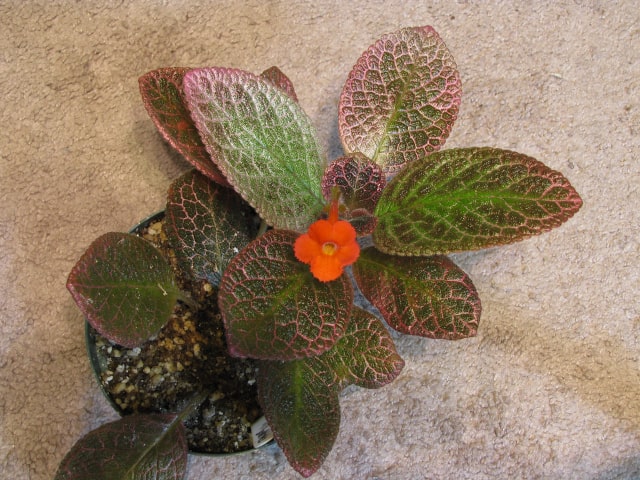
Episcia plants are related to African Violets. These beautiful plants can brighten any room.
They are often called "flame" or "trailing" violets and they display a wide range of foliage and flower colors. Leaves can be shiny green, bronze or silver. The flowers come in white, yellow, pink, red or lavender colors.
There are about 10 species of episcia plants, with many more varieties. They also grow in a very interesting manner. They send out strawberry-like runners (stolons), which trail over the edge of the container.
Popular Varieties
The most popular specie is red-flowered Episcia cupreata. It is known as a shy bloomer, but when it does bloom it produces an abundance of orange-red flowers. It has glistening green leaves. Established plants usually flower throughout the whole year.
Adajou variety has a pattern of silver green on a dark brown background. There is also "Chocolate Soldier", popular with indoor growers. It has chocolate brown leaves marked with silver centers. The variety known as "Silver Sheen" has red flowers above frosty gray and brown leaves. Another popular variety is "Tropical Topaz", with buttercup yellow flowers and green leaves.
How to Plant Episcia
It's best to grow episcias inside a spongy soil, similar to one suitable for African violets. You may even make your own soil using 2 parts of peatmos, one-half part perlite or vermiculite and one-half part sand.
Don't forget to use one-half inch of pot chips with an equal amount of charcoal as drainage for each 4 inch pot. It's important to keep the bulk of the runners pinched off to ensure a great floral crop.
Many people choose long ceramic planter, aluminum cake tins with drainage holes punched in them or soup tureens. When the runners appear, they will fasten themselves to the earth. When the container is full, it's best to leave a few runners to dangle over the edge. If a container is filled with plants of varied ages it will bloom every month of the year.
Caring for Episcias
Most episcias grow best in east, southeast or partially shaded south windows. If you wish to grow them for their foliage only, you may even use a north window or under grow lights.
If you grow your plants under artificial light, episcias are perfect plants for these conditions. They can grow beautiful foliage under fluorescent light and even bloom. It's best to space them so the pot rim is about 14 inches away from the light tube. Leave the lights on for 12 to 14 hours per day.
These plants do well in average household temperatures (72 to 75 degrees F during the day, with 5 to 10 degree drop at night).
All of the episcias need more water than African violets and they thrive under humid conditions. If the air in your home is too dry, under 40 degrees, make sure to set them on trays of pebbles so the water is kept just below the pot line.
You should fertilize your episcias about twice per month. Use a soluble liquid fertilizer and fertilize only on well moistened soil. This will safeguard their tiny roots from fertilizer burn. Take time to inspect your plants regularly to ensure they don't have any pests.
Propagating Episcias
You can propagate your episcias in many different ways. If you notice the older plants shedding leaves or looking straggly, trim off the runners and repot the old plant.
Propagate your episcias from runners, seed or leaves. Mix runners and leaves with water, sphagnum moss, vermiculite or sand. You can speed up root formation by covering them with a small plastic cup or a glass in order to increase humidity.
If you want a rich variety of foliage and flowers, it's best to grow episcias from seed. Sprinkle the seed over vermiculite or sphagnum moss. They will germinate in 10 days to 3 weeks. As soon as the little plants have four good leaves, cut them out and plant them in a pot or flat. Under good growing conditions, they will flower in 8 to 12 months.
Additional Tips
Use episcias as trailers in the foreground of a planter. Use taller upright plants in the background.
You can grow two or more varieties of episcias in a large pot with the background plants trained up a moss-filled pole or a porous piece of tree stump or root. Fasten the episcia runners to the pole with green wire twist-ems. You should keep the support moist and the episcia roots will easily grow into it.
Plant episcias in moss-filled baskets. Hang them in your window garden or greenhouse. You may even summer them on the terrace.
You can grow episcias in attractive containers filled with water. You should change the water once a week and give them medium light. You should also add a bit of plant food. This way, you will have beautiful plants in your home you may use on your table, mantel or as a centerpiece.
Grow your episcias in a rose bowl or small aquarium. They will receive some added humidity here so they will grow very lush.
Photo credit: Al
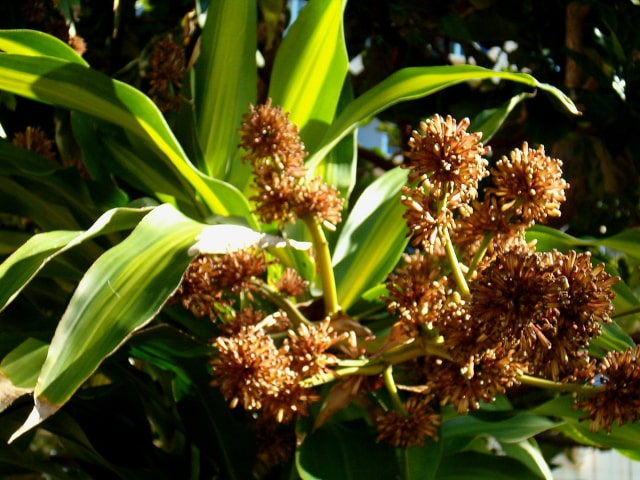
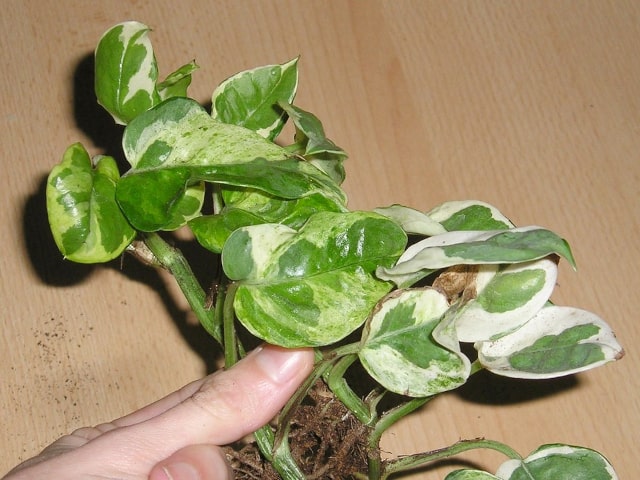
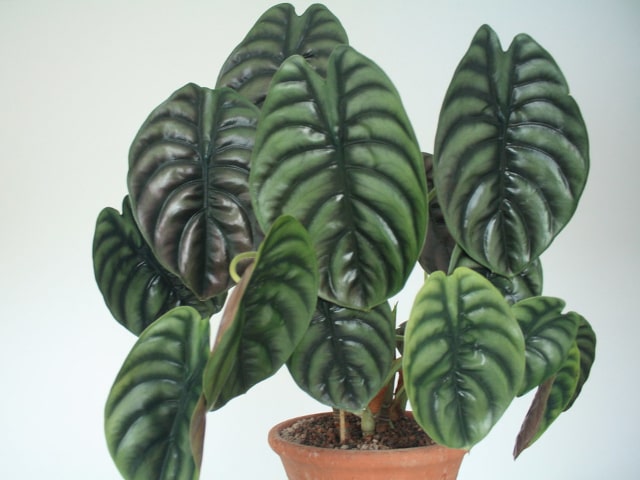
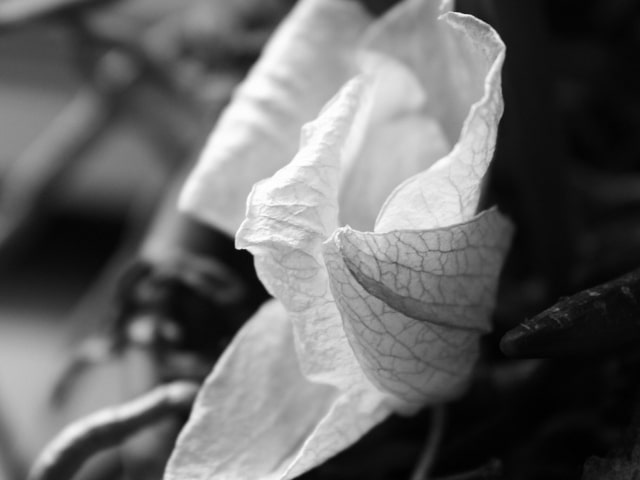
2 Comments
Can you let me know where I can purchase Episcias seeds. Thank you.
Bonjour, where l can buy by post-office, the seeds Episcias? Do you have address? Thank you.